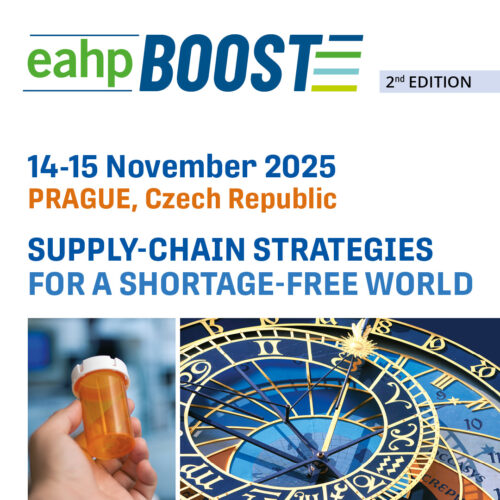MICROBIOLOGICAL CLEANLINESS IN A CHEMOTHERAPY ROBOT DEPENDING ON DIFFERENT INTERVALS OF INTENSIVE CLEANING IN THE WORKING AREA (submitted in 2019)
Pdf

European Statement
Production and Compounding
Author(s)
Jannik Almasi, Irene Krämer
Why was it done?
Aim of the study was to evaluate if the microbiological cleanliness of the working area of APOTECAchemo® is affected by extending the interval of intensive cleaning from biweekly to monthly cleaning intervals.
What was done?
Automated preparation of ready-to-administer chemotherapy products with the APOTECAchemo® robot is well established in a number of pharmacy departments. One of the few disadvantages is the time-consuming, intensive cleaning and disinfection of the working area (clean room class A) by wiping with cleaning and disinfection solutions.
How was it done?
Every two weeks (period 1: 07-12/2018) or every four weeks (period 2: 01-06/2019) all surfaces in the working area of APOTECAchemo® were wiped with ethanolic NaOH solution in order to inactivate or remove cytotoxic spillages. In a second work step all surfaces are disinfected by wiping with spore-free alcohol. The procedure lasts about one hour. The working area is at the end of each working session irradiated with UV light for 4 hours. Microbiological monitoring of the working area is done weekly in operation by passive air sampling (2 settle plates at predefined locations S1, S2) and surface sampling (3 contact plates at predefined locations O1, O2, O3) and colony-forming units (CFU) are counted after incubation. Results of the microbiological samples (CFU ± standard deviation) were compared for period 1 and 2. On average, 0 CFU (n=52) were detected (period 1) and 0.04±0.2 CFU (n=44) (period 2) on settle plates. During period 1 on average 0.04±0.19 CFU were found at O1, 0 CFU on O2, and 0.81 CFU±4.23 at O3 (n=27 each). During period 2, 0 CFU were detected at O1, O2 and 0.04±0.2 CFU at O3 (n=25 each). The extended interval for the intensive cleaning process did not affect the microbiological cleanliness. The CFU limits set for clean room class A were met.
What has been achieved?
Maintaining the daily cleaning procedure, the interval of intensive cleaning can be extended to one month without increasing the microbiological contamination risk and saving two hours of cleaning.
What next?
Monthly intensive cleaning will be attended by trending the microbiological results.
























